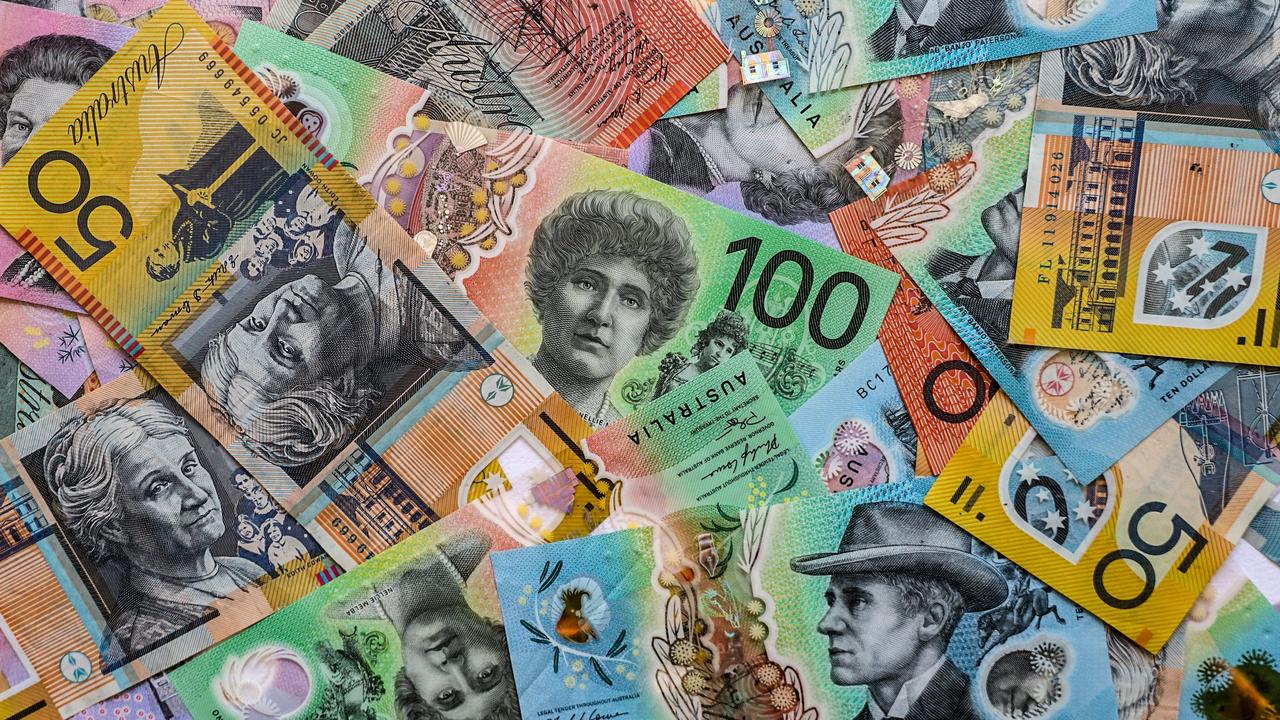Running for cover
SUPER funds have steps in place to protect your investments against the rising Australian dollar.
Running for cover
ARE your retirement savings protected from the impact of the rising Aussie dollar?
The Aussie dollar is now worth about US90c and is heading towards parity with the greenback according to many market analysts.
Since 2001, our currency has increased in value more than 80 per cent against the world currency benchmark, the US dollar.
So what, you might be thinking.
Well, your retirement savings, probably housed in a big superannuation fund, are exposed to movements in the currency market through investments in international shares, bonds and infrastructure in other countries.
That means your account balance and investment returns are also exposed.
Big movements upward in the value of our dollar can erode the value of assets held offshore. Lately, those big increases in the Aussie dollar have also affected the value of investments held offshore by super funds.
But most super funds try to protect this currency exposure.
How they do this is through entering a forward contract to buy and sell currencies at an agreed price -- regardless of what the price will be when they come to actually needing the currency.
For example, a super fund might want to buy $100 worth of stocks on Wall Street in the US. It will need American currency for that transaction, even if they don't intend to do it today or tomorrow, so they buy $100 worth of US dollars in readiness.
Most super funds forward-buy foreign currency at an agreed price (known as a hedge). If the Aussie dollar continues to rise you get a bargain because you've paid less for it. However, if our dollar falls, then you end up paying more than the market rate.
Most super funds are hedging an average of about 47 in the dollar, according to nabCapital. This 47 per cent has now become the hedge benchmark.
"The relative ranking of international equity portfolios has basically been defined by how much hedging back they have done," nabCapital head of insurance and fund manager relations Donald Hellyer explains.
"Many funds are 25 per cent international equities, 5 per cent international bonds, that's 30 per cent of assets that are offshore," Mr Hellyer says.
"So it is important for a fund member to know that their fund's investment committee has a well thought out hedging program."
In the past few years, rising share markets have delivered big returns for most funds, causing losses from currency movements to be offset and largely hidden from super fund members.
Nevertheless, most super funds are increasing their hedging to protect their international investments and shelter their members' savings from the erosion of value caused by a rising currency.
Therefore, super funds are now responding to the rising Aussie dollar by increasing their hedge benchmark.
Public sector super funds, on average, have the highest benchmark -- they have increased their hedging program in the past two years from 45 per cent up to 61 per cent.
Industry funds have chopped and changed their strategy during the past six years but recently increased their hedging from 27 per cent to about 40 per cent. Corporate (company) funds average about 46 per cent hedging.



